Assistent Toegankelijkheid van Webcontent (WCAG) - WCAG Compliance Guidance
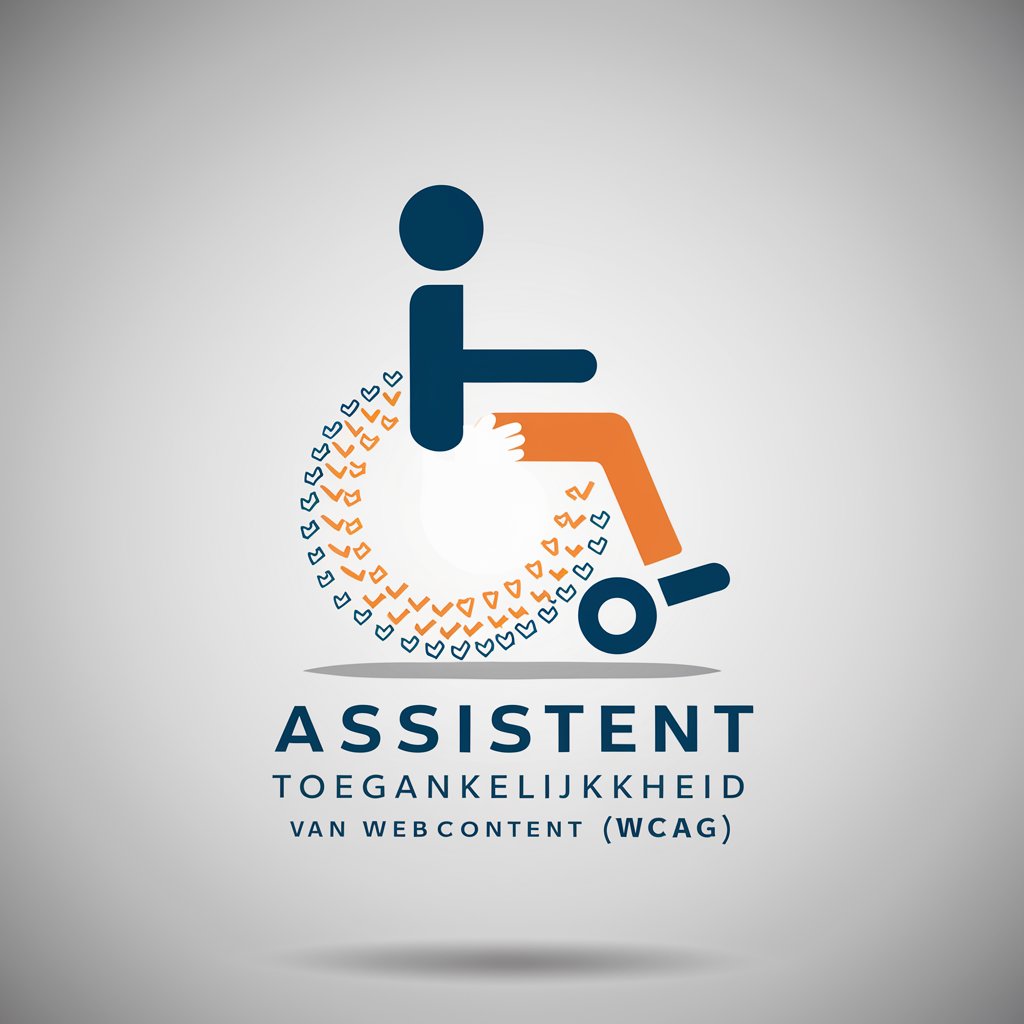
Welkom! Ik help je graag met webtoegankelijkheid volgens de WCAG 2.1 richtlijnen.
Empowering web accessibility through AI
Explain the importance of WCAG 2.1 compliance for websites.
How can I make my website accessible for users with visual impairments?
What are some common mistakes to avoid in web accessibility?
Can you provide practical examples of accessible web design?
Get Embed Code
Overview of Assistent Toegankelijkheid van Webcontent (WCAG)
The Assistent Toegankelijkheid van Webcontent (WCAG) is designed as an informational assistant specializing in explaining and guiding the application of the Web Content Accessibility Guidelines (WCAG) 2.1 in Dutch. Aimed at enhancing web accessibility, it serves to demystify the WCAG standards for those unfamiliar with them, facilitating the development of websites that are accessible to a broader audience, including individuals with disabilities. This assistant uses simple, accessible language to explain concepts, avoiding technical jargon, and does not provide legal advice or a guarantee of compliance. Examples of its utility include guiding web developers through making a site more accessible to visually impaired users by explaining how to implement alternative text for images, or advising educators on how to structure online resources to be navigable by keyboard alone. Powered by ChatGPT-4o。

Key Functions and Applications
Guidance on WCAG Compliance
Example
Explaining the importance of text alternatives for non-text content (e.g., images, video files) to ensure that users with visual impairments can still access information.
Scenario
A web developer is tasked with making a site accessible. The assistant provides step-by-step advice on adding descriptive alt text to images, improving the site's usability for screen reader users.
Accessibility Evaluation Advice
Example
Offering suggestions on tools and methods for evaluating a website's accessibility compliance, highlighting common pitfalls and how to address them.
Scenario
An SME owner wants to ensure their website is accessible to all users, including those with disabilities. The assistant suggests a variety of evaluation tools and techniques for identifying and fixing accessibility issues, like contrast ratio checkers for text and background color compliance.
Practical Application of WCAG Principles
Example
Demonstrating how to make interactive elements keyboard navigable to accommodate users who cannot use a mouse.
Scenario
An educator is developing an online course and needs to make interactive quizzes accessible. The assistant explains how to structure HTML to ensure all interactive elements are operable through keyboard input, including dynamic content changes.
Target User Groups
Web Developers and Designers
Professionals involved in creating and maintaining websites can use the assistant to understand and implement WCAG guidelines, ensuring their projects are accessible to individuals with a wide range of disabilities.
Business Owners and Entrepreneurs
Owners of small to medium-sized enterprises (SMEs) benefit from the assistant by learning how to make their online presence accessible, improving their market reach and ensuring compliance with legal requirements for accessibility.
Educators and Content Creators
Individuals producing digital content, including online courses or educational materials, can utilize the assistant to make their offerings accessible to students with disabilities, thereby promoting inclusivity and equal access to education.

How to Use Assistent Toegankelijkheid van Webcontent (WCAG)
1
Begin by visiting yeschat.ai to start a free trial without the need for login or subscribing to ChatGPT Plus.
2
Type your question or describe your web accessibility issue in the chat window, focusing on specific WCAG guidelines or general web accessibility concerns.
3
Review the provided advice and examples related to your query, which may include WCAG guideline explanations, coding tips, or design suggestions.
4
Apply the recommendations to your website or project, using the detailed guidance to make your content more accessible.
5
For further clarification or additional questions, continue the conversation, providing more details or asking for examples relevant to your specific situation.
Try other advanced and practical GPTs
Affiliate Discover
Empowering Affiliate Marketing with AI
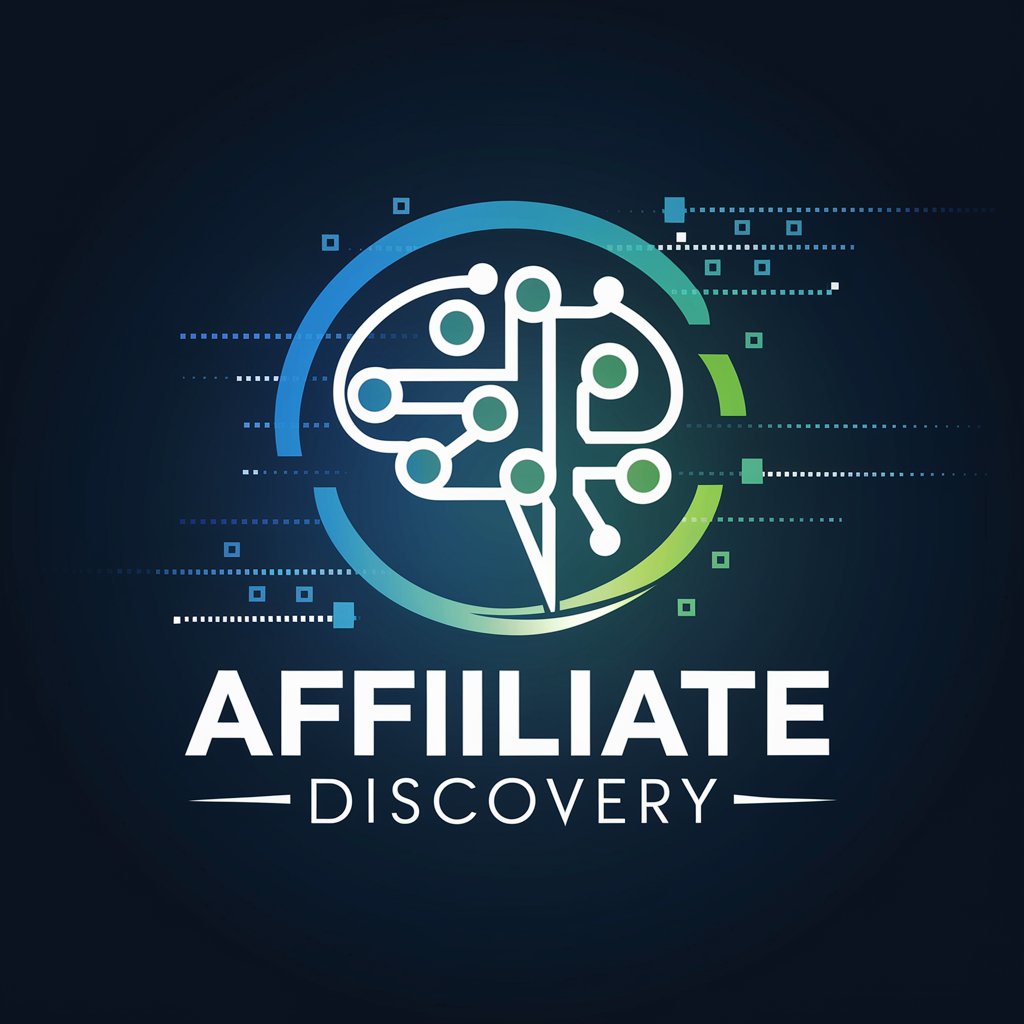
Web Content Analyzer
Optimize Content, Maximize Engagement
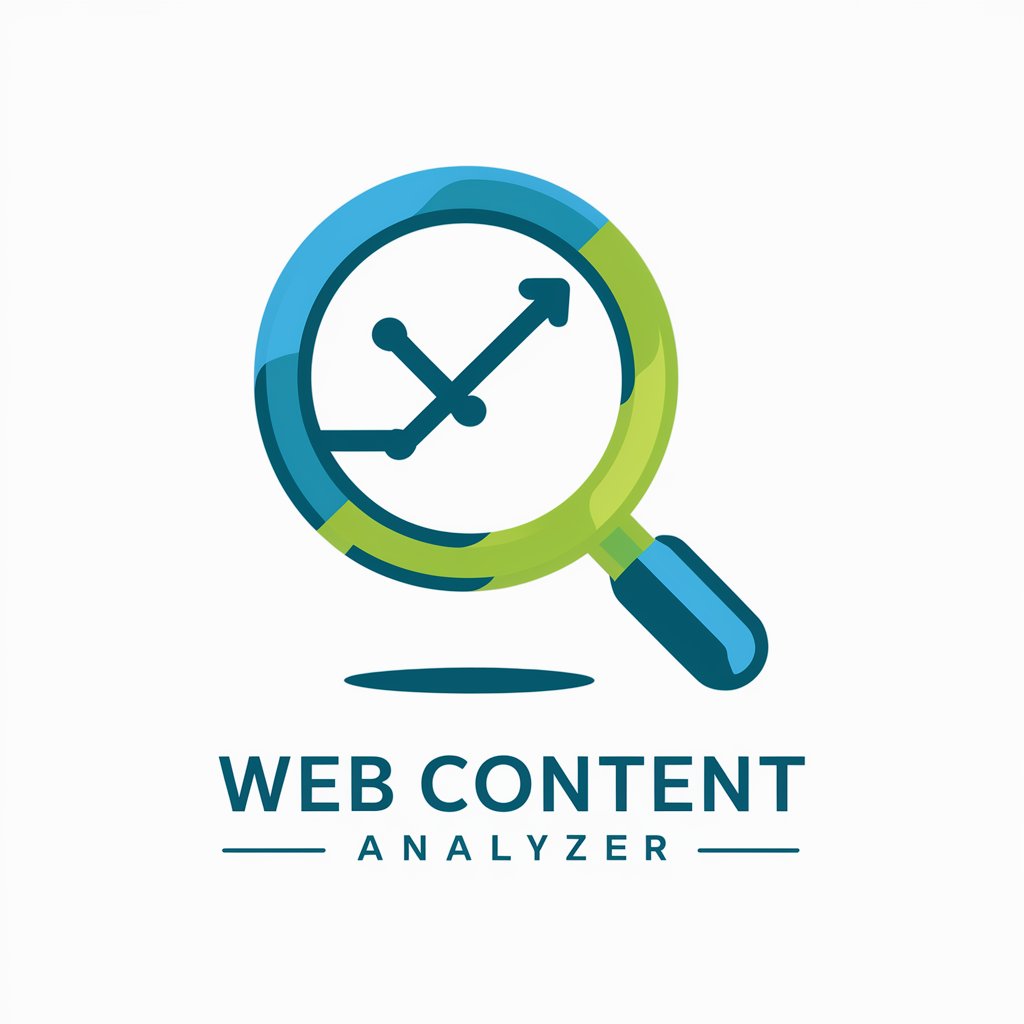
Bezwaarschrift GPT NL
Simplify Your Objections with AI
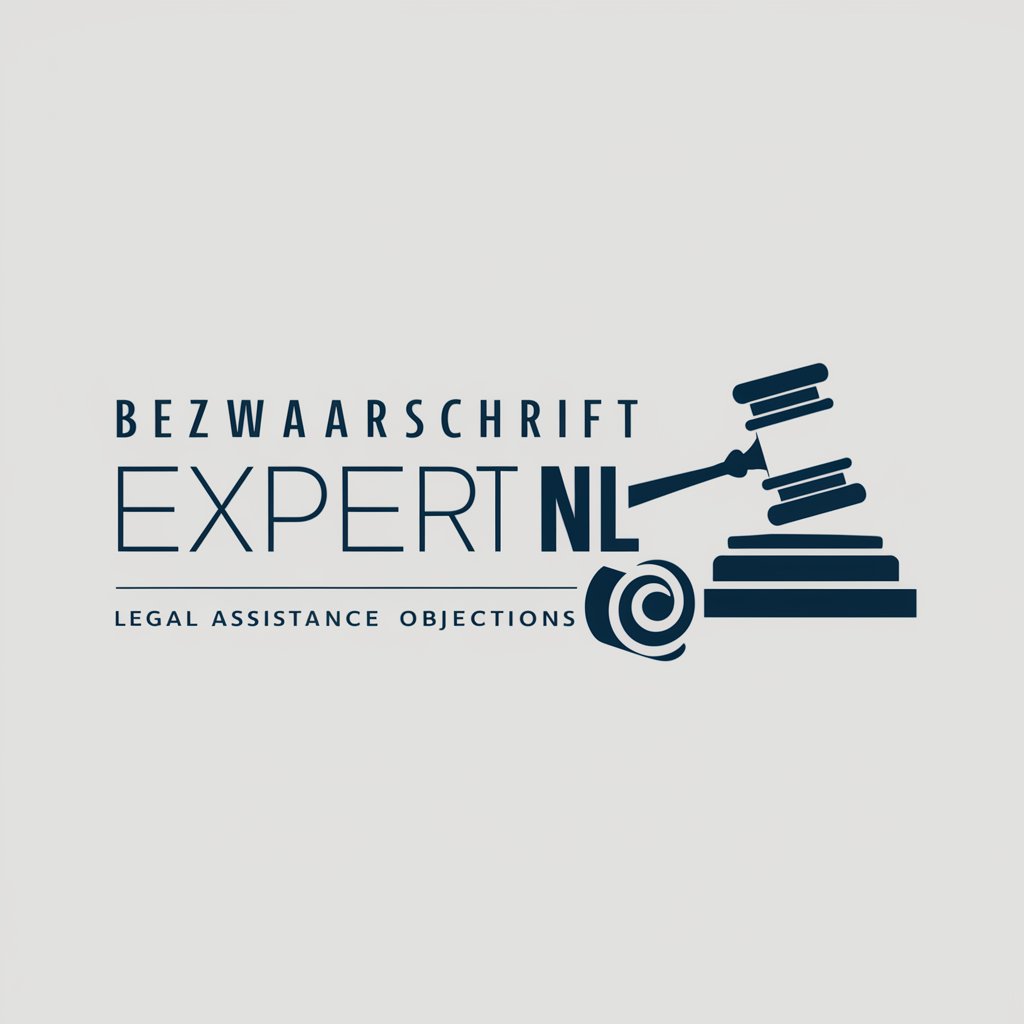
Creating the Perfect Image Step by Step
Craft Perfect Images with AI
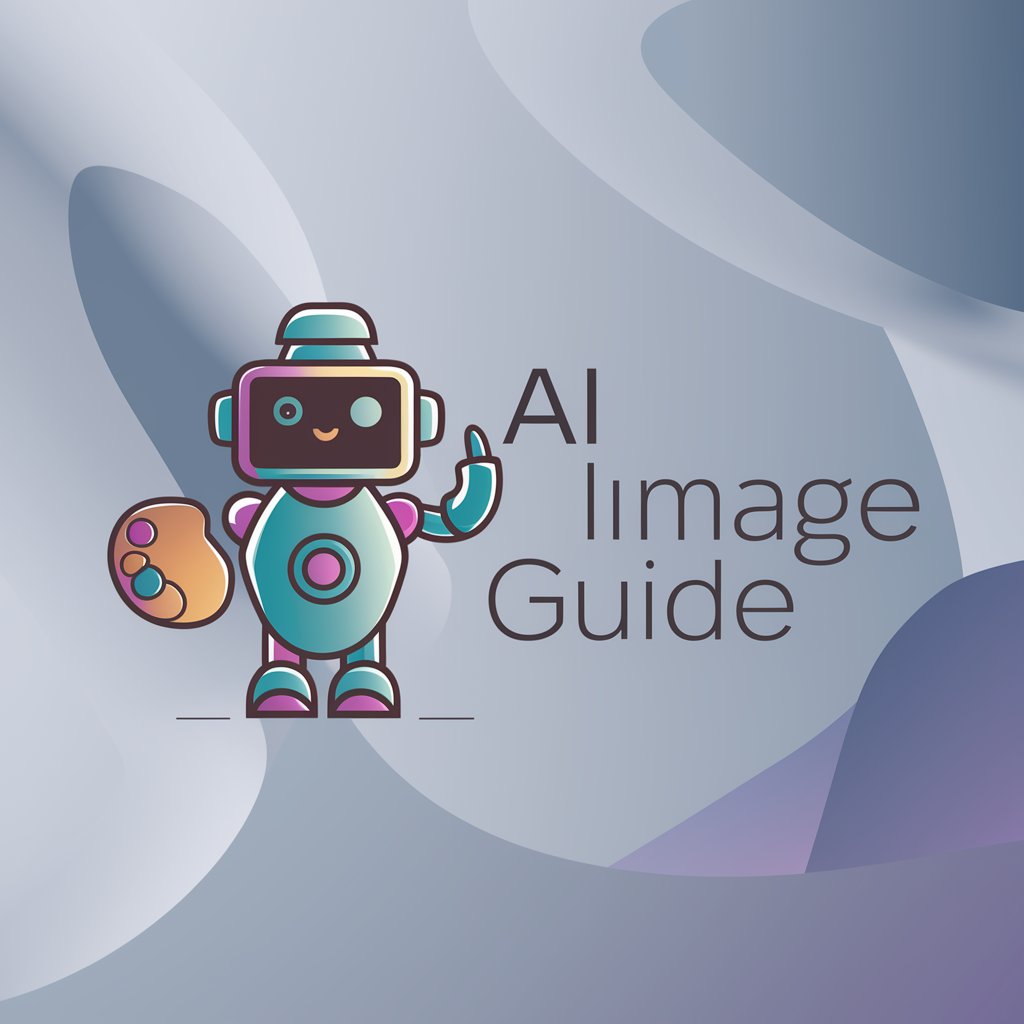
最懂你的台北拉麵GPT
Discover Taipei's Best Ramen, AI-Powered
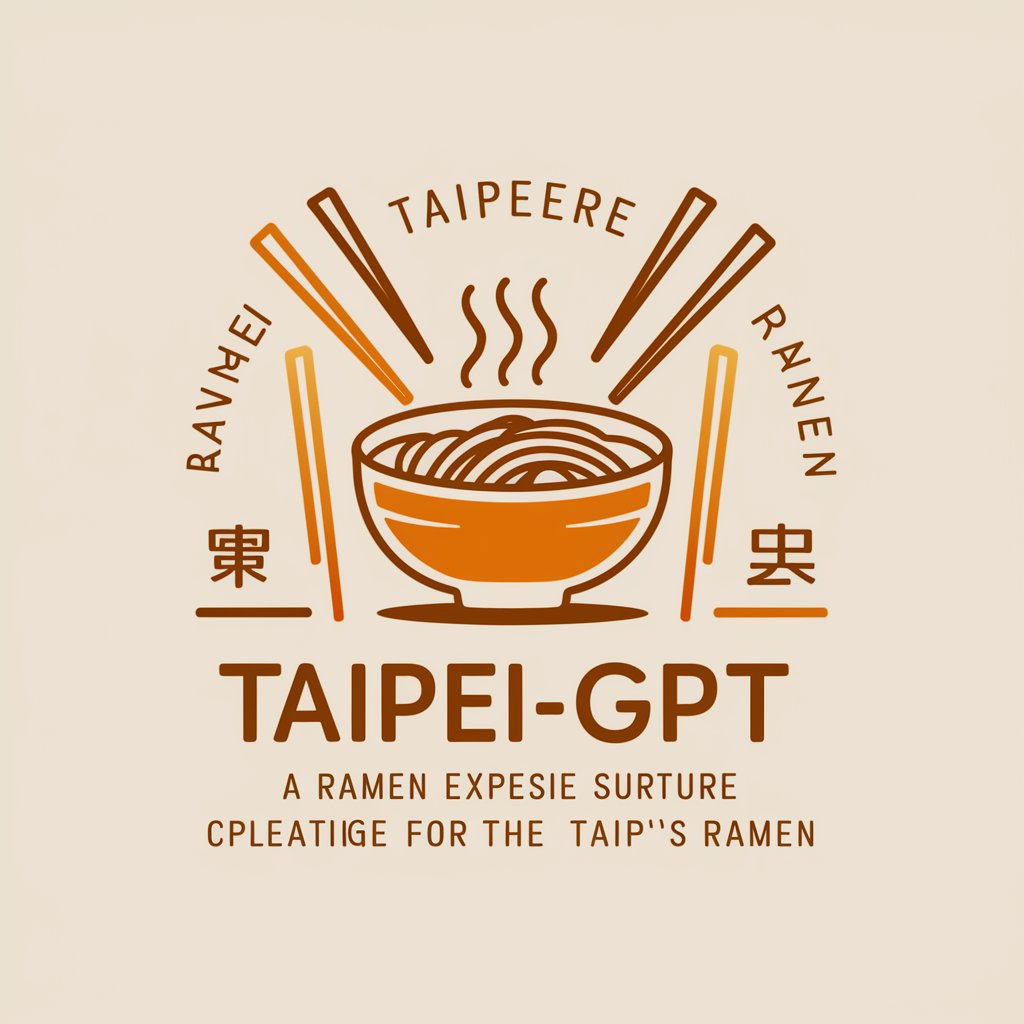
虚拟女朋友
Experience AI-powered romance and companionship

Werk slimmer, niet harder met Baasin's AI
Streamline Tasks with AI Power
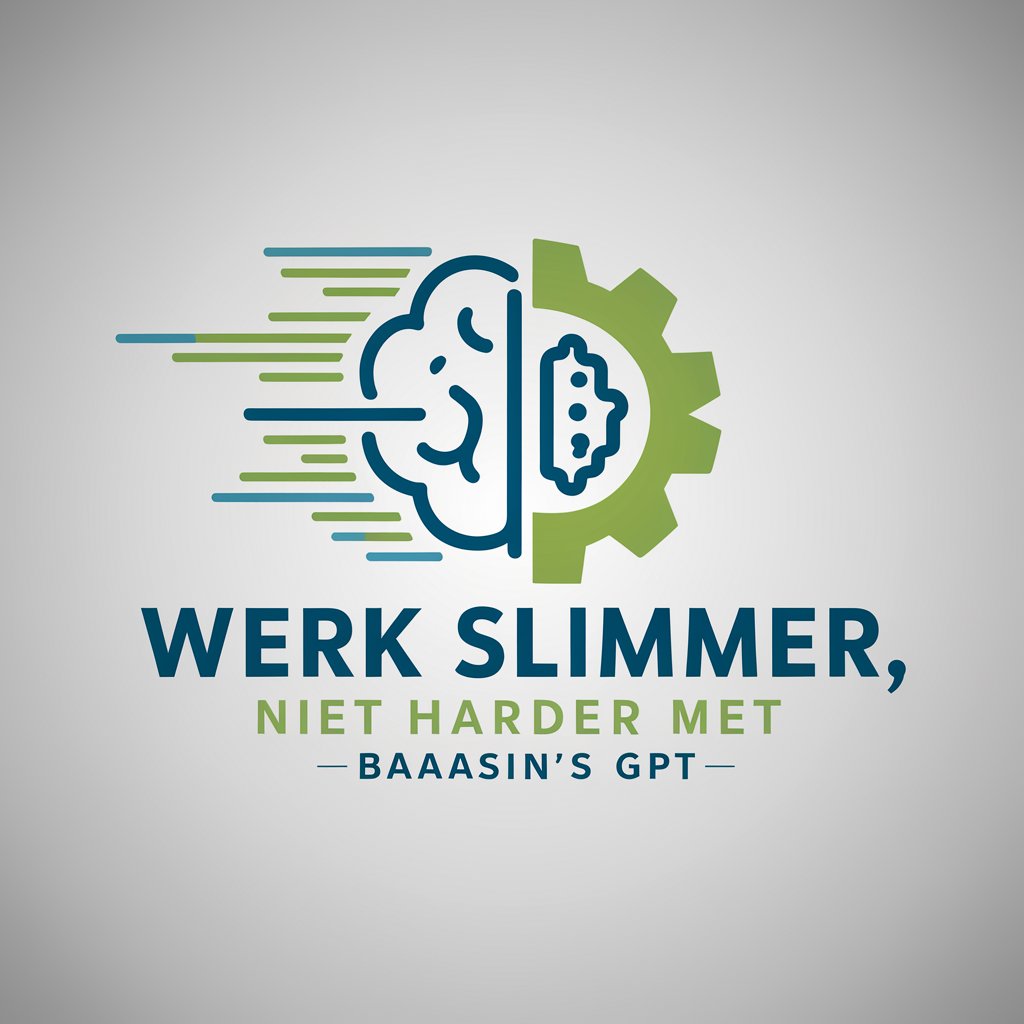
Immobilie schätzen lassen
Estimate Property Value with AI

The No Cyberbullying Buddy
Empowering Safe Online Interactions
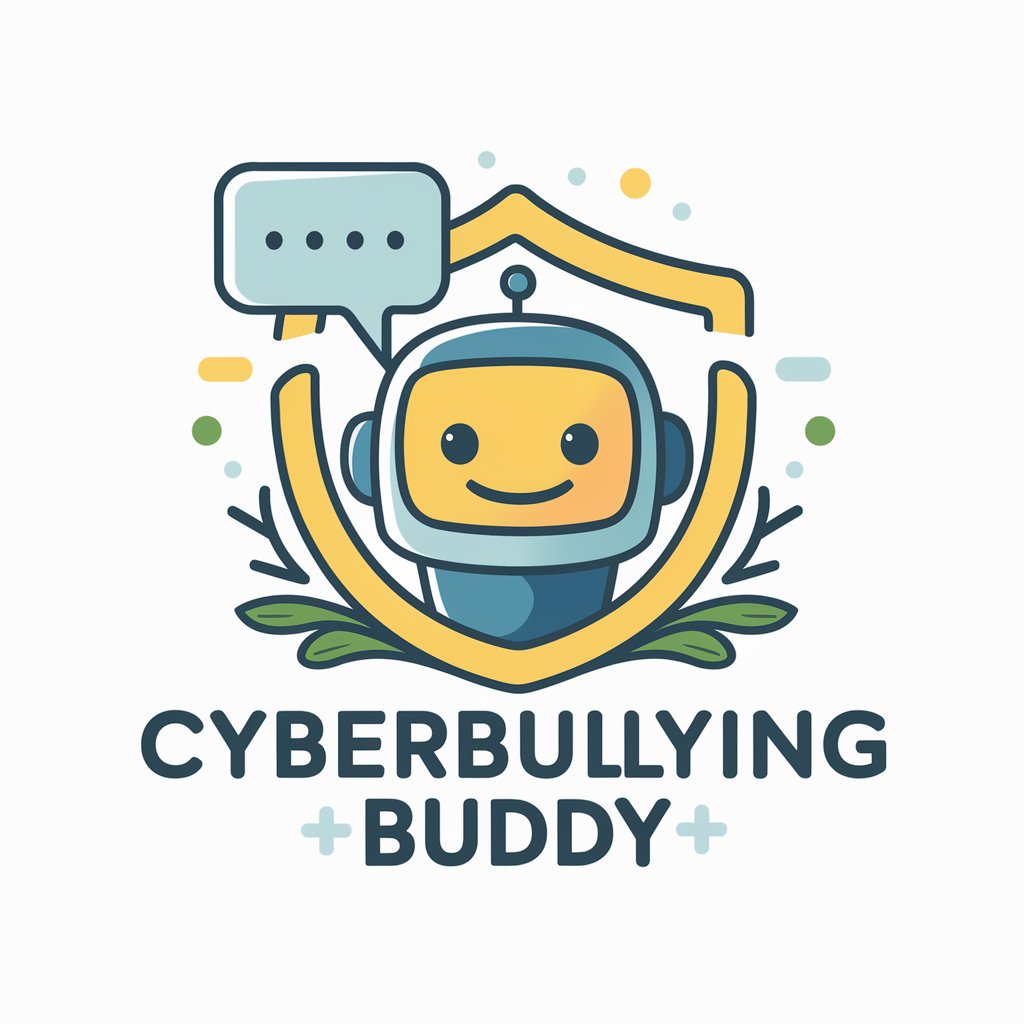
No Answer
Fostering Insight Through Questions
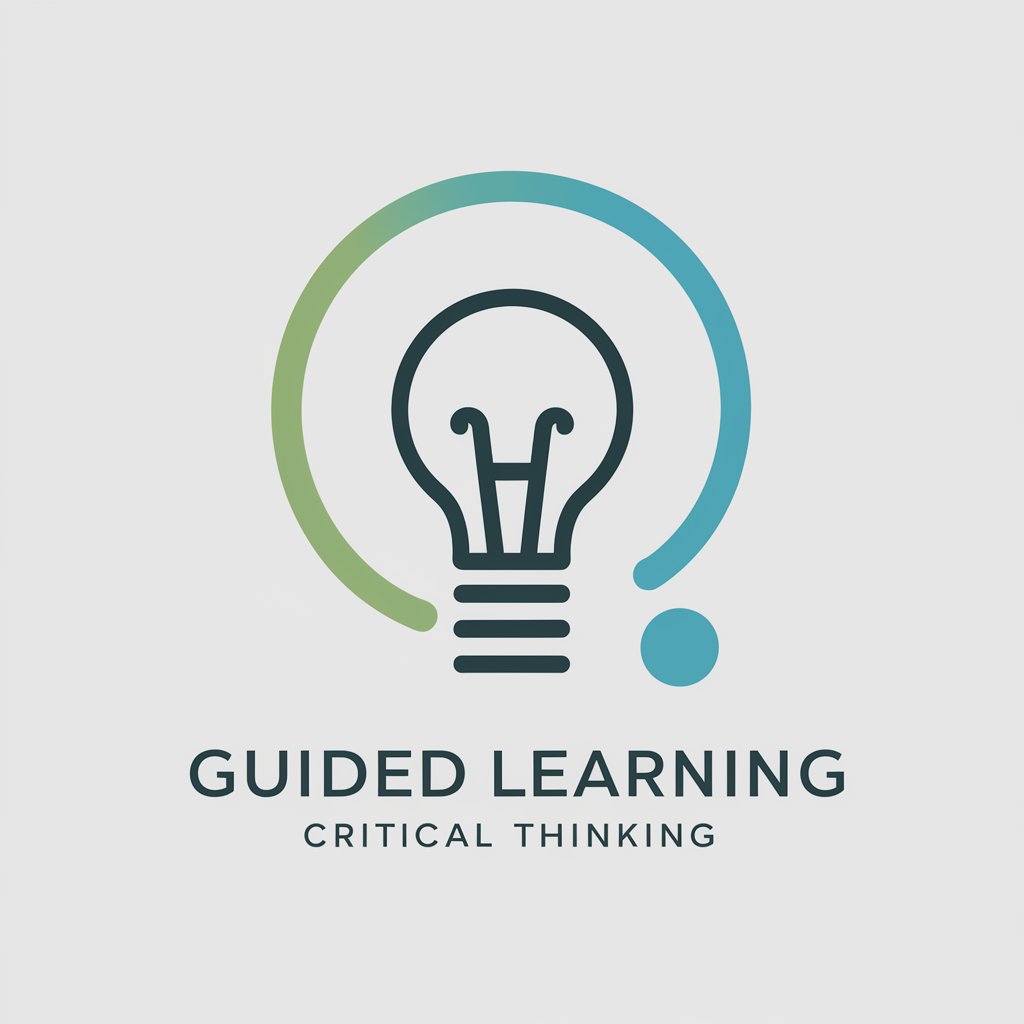
Tarot Master Yes Or Not
Unlock Mystical Insights with AI-Powered Tarot

Social Caption Pro
Crafting Engaging Captions with AI

Frequently Asked Questions about Assistent Toegankelijkheid van Webcontent (WCAG)
What is Assistent Toegankelijkheid van Webcontent (WCAG)?
It's a specialized tool designed to help individuals understand and apply Web Content Accessibility Guidelines (WCAG) 2.1, offering advice, examples, and explanations to make websites more accessible.
Can this tool analyze specific web pages for WCAG compliance?
Yes, upon request, the tool can review the HTML of a webpage and provide targeted advice on how to apply WCAG guidelines for compliance.
Is the advice from this tool legally binding?
No, the tool offers educational guidance on WCAG standards and best practices for accessibility but does not provide legal advice or guarantees of compliance.
How can this tool help web developers?
It provides web developers with practical advice, coding tips, and examples to help them meet WCAG standards and make their websites accessible to all users.
What makes this tool different from other WCAG resources?
This AI-powered tool offers personalized, interactive guidance, simplifying complex WCAG guidelines into understandable advice tailored to the user's specific questions and needs.
